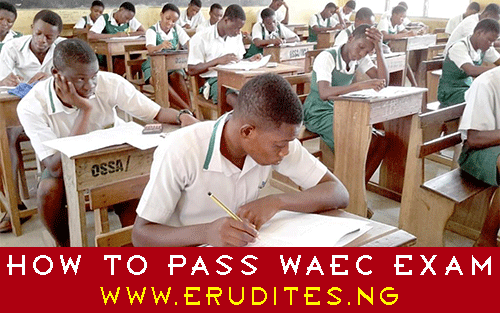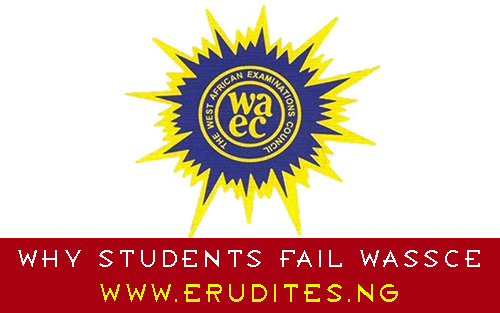In accordance to the data made available by the council, the following reasons are said to be the reasons why candidates fail Mathematics WAEC 2015. Beyond the scope of the year [‘15], the information is timeless and relevant beyond its seasons, because, failure to keep to the information below can make any candidate fails.
Candidates’ Weakness
The Chief Examiner reported that candidates showed significant weakness in the following areas:
- Adherence to the rubric of the question
- inclusion of essential details and units
- Representing given information in appropriate diagrams
- Circle Geometry and its applications
- Geometrical construction
- Mensuration of compound shapes
- Interpretation/solution to word problems
- Mensuration
- Interpretation/solution to word problems
- Reading from graphs
- Logical reasoning
Suggested Remedies
The following remedies were suggested by the Chief Examiner:
- Candidates were encouraged to cover all the topics in the syllabus while preparing for the examination
- Teachers as well as candidates were encouraged to put in more effort in studying geometry.
- Teachers were encouraged to use instructional materials during lesson so as to re-enforce the learning of mathematical concepts
- Candidates were encouraged to adhere to the rubrics of the question especially with regards to the use of calculators and degree of accuracy
- Candidates were encouraged to avail themselves of past WASSCE General Mathematics questions.
- Teachers were encouraged to participate in the Main coordination meeting
- Candidates were encouraged to read through the questions carefully so as to understand its demands before answering them
- Teachers were encouraged to emphasize these weak areas during instruction and lead them to appreciate the application of Mathematica concepts in everyday living
Candidates’ Strengths
The Chief Examiner observed that candidates performed well in the following areas:
- Basic operations on fraction and the use of BODMAS
- Change of subject of the formula
- Completion of the table of values and drawing of graphs of quadratic equations
- Arithmetic Progression
- Solution to simple linear inequalities
- Completing the cumulative frequency table and drawing cumulative frequency curves
- Solution of basic trigonometry




